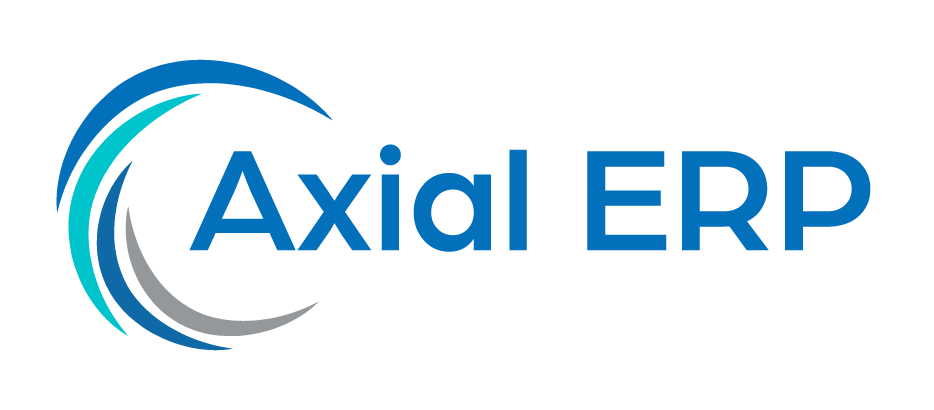Optimizing Electronic Payments with ERP Financial Solutions
In today’s digital era, efficiency and automation are key to the success of any company. Electronic payment management is one of the areas that benefits the most from the implementation of ERP (Enterprise Resource Planning) financial solutions. These solutions not only simplify and expedite the payment processes, but also improve the accuracy and security of financial transactions.
What is an ERP and How Can It Help with Electronic Payments?
An ERP system is a software platform designed to integrate and automate the key business processes of a company, such as accounting, purchasing, inventory management, project management, human resources management, among others. By centralizing information and processes, an ERP facilitates data-driven decision-making and improves operational efficiency.
In the context of electronic payments, an ERP allows:
- Automating invoices and payments, reducing time and human error.
- Centralizing financial information, providing a clear view of the company’s financial situation.
- Integrating with payment platforms and banks, facilitating fast and secure transactions.
- Improving the security of financial data through the use of access controls and audits.
- Providing real-time reports and analysis for better cash management.
The Importance of Payment Integration in an ERP
Payment integration in an ERP is essential for companies looking to optimize their cash flow and improve their financial management. By integrating payment systems with the ERP, companies can:
- Process payments more efficiently, leveraging automation to perform real-time transactions.
- Reduce the risk of fraud and increase security, thanks to robust authentication and authorization systems.
- Lower operational costs by eliminating manual and redundant tasks.
- Enhance the customer experience by offering faster and more reliable payment processes.
- Make more informed financial decisions, with access to accurate and up-to-date data.
Challenges in Implementing ERP for Electronic Payments
Despite its benefits, implementing an ERP to manage electronic payments can present challenges, such as:
- The complexity of integration with existing systems and the need to customize the ERP to fit the company’s specific processes.
- Resistance to change from employees, which can be mitigated with proper training and a gradual approach to implementation.
- Maintaining security and regulatory compliance, which requires constant updating of data protection measures.
- The initial cost of implementation, which should be considered as a long-term investment in efficiency and competitiveness.
Best Practices for Electronic Payment Management with ERP
To maximize the benefits of an ERP in electronic payment management, companies should:
- Select an ERP that fits their specific needs and is scalable as the company grows.
- Implement strong security policies and ensure that all users receive necessary training.
- Work with ERP providers that offer technical support and regular software updates.
- Analyze and continuously optimize business processes to make the most of the ERP’s capabilities.
Conclusion
ERP financial solutions are powerful tools for companies looking to optimize their electronic payment processes. By integrating and automating financial operations, ERPs not only improve efficiency and accuracy, but also contribute to better cash flow management and transaction security. However, it is crucial to select the right system, implement best practices, and be prepared to overcome challenges that may arise during the implementation and ongoing use of the ERP.



